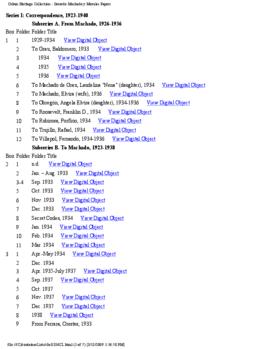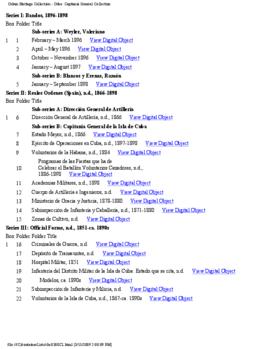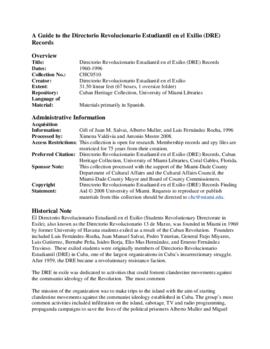- CHC5293
- Collectie
- 1928-2012
The Ruston Academy Records contain materials related to the Ruston Academy, a bilingual American school founded in Havana, Cuba, in 1920. It also contains the administrative files of the Ruston-Baker Educational Institution, Inc., a group of alumni and friends organized to plan for a possible re-opening of the school in a post-Revolutionary Cuba. Other materials include photographs, programs, directories and correspondence documenting the history of Ruston Academy alumni reunions held in the United States from 1975 to 2012.
The Ruston Academy records are arranged into three series. Series 1, Ruston Academy, contains ephemera, publications, correspondence and alumni directories; Series 2, Ruston-Baker Educational Institution, Inc. administrative files documents the administrative history of the organization with correspondence, meeting minutes and subject files related to RBEI, Inc. projects; and Series 3, James and Sibyl Baker papers, contain personal papers related to Ruston Academy directors, James and Sibyl Baker, including anniversary and memorial tributes and the manuscripts for James Baker's book on the history of Ruston Academy, Ruston: From Dreams to Reality (2007).
Ruston Academy yearbooks from 1940 to 1960, ephemera and photographs of the school and school functions, school publications, and photographs from alumni reunions have been digitized and are availabe via the University of Miami Digital Collections.
Zonder titel




